Introduction
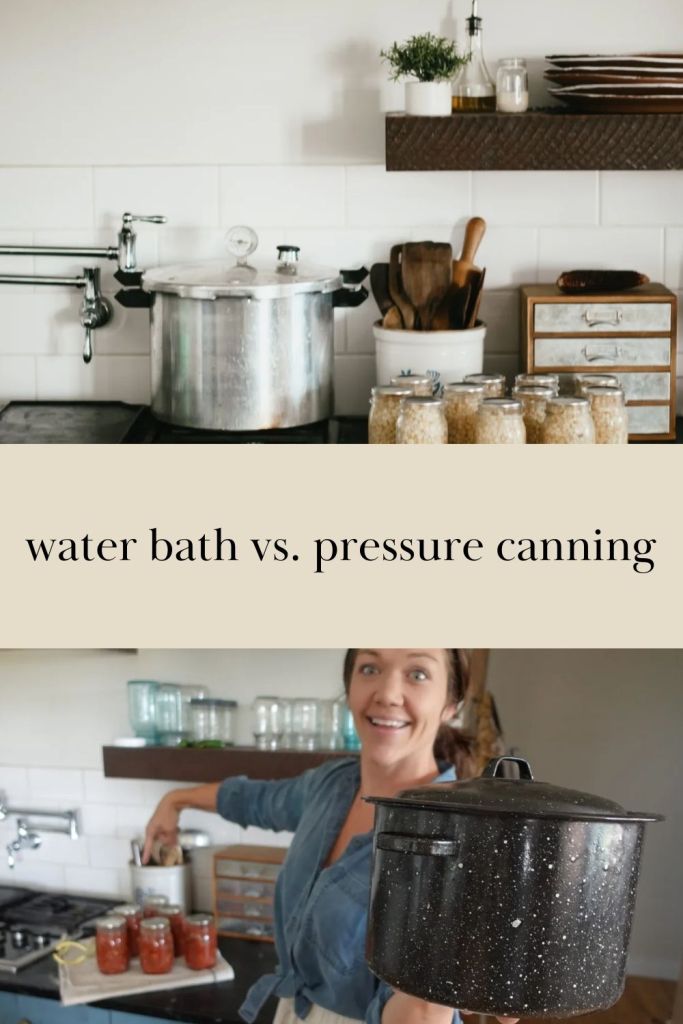
Canning is a popular method of food preservation that has been practiced for centuries. It involves sealing food in jars to extend its shelf life and prevent spoilage. Two common methods of canning are water bath canning and pressure canning. Water bath canning utilizes boiling water to create an airtight seal, while pressure canning uses steam and pressure to kill microorganisms. Understanding the differences between these methods is essential for successfully preserving different types of foods. In this article, we will explore the processes, suitable foods, and pros and cons of water bath canning and pressure canning, helping you make informed decisions about which method to choose.
What Is Canning?
Canning is a method of food preservation that involves sealing food in jars or cans to extend its shelf life. The process typically includes heating the food to kill microorganisms and create a vacuum seal, preventing the growth of bacteria, yeast, and molds. This preservation technique ensures that the food remains safe to eat for an extended period, even without refrigeration. Canning allows individuals to enjoy seasonal fruits and vegetables year-round, reduces food waste, and provides convenience in meal preparation.
The Importance Of Canning For Food Preservation
Canning plays a crucial role in food preservation by extending the shelf life of perishable foods. It allows individuals to stock up on seasonal fruits and vegetables and enjoy them all year round. Canning prevents the growth of bacteria, yeast, and molds that cause food spoilage. By creating a vacuum seal and eliminating oxygen, canning maintains the nutritional value and flavors of the food. Moreover, canning helps to reduce food waste and ensures a safe and reliable food supply, making it an essential practice for individuals and communities.
Water Bath Canning

Water bath canning is a method of preserving high-acid foods using boiling water. It involves placing filled jars in a large pot of boiling water and processing them for a specified amount of time. The high temperatures achieved during water bath canning destroy harmful bacteria and enzymes, ensuring safe and long-lasting preservation. Water bath canning is suitable for foods with a pH below 4.6, such as fruits, tomatoes, and pickles. This method is easy to do at home and does not require specialized equipment, making it accessible to beginners. However, it is not suitable for low-acid foods that require pressure canning.
Definition And Process Of Water Bath Canning
Water bath canning is a method of preserving high-acid foods using boiling water. It involves placing filled jars in a large pot of boiling water and processing them for a specified amount of time. The high temperatures achieved during water bath canning destroy harmful bacteria and enzymes, ensuring safe and long-lasting preservation. Water bath canning is suitable for foods with a pH below 4.6, such as fruits, tomatoes, and pickles. This method is easy to do at home and does not require specialized equipment, making it accessible to beginners.
Foods Suitable For Water Bath Canning
Foods that are high in acidity are suitable for water bath canning. This method is ideal for preserving fruits, tomatoes, and pickles. The high acid content in these foods helps to prevent the growth of harmful bacteria and allows for safe preservation. Water bath canning is also great for making jams, jellies, and preserves. Additionally, acidic condiments like salsa and hot sauce can be safely canned using this method. It’s important to note that low-acid foods, such as meat, seafood, and some vegetables, require pressure canning to ensure safe preservation.
Pressure Canning
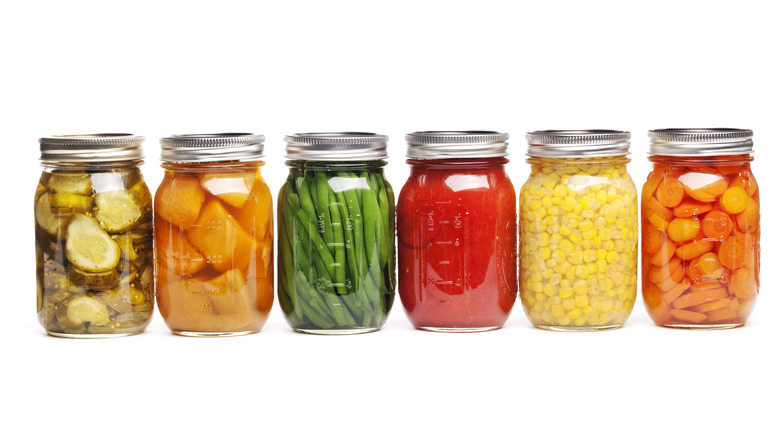
Pressure canning is a method of food preservation that uses pressure to kill harmful bacteria and ensure safe storage. Unlike water bath canning, pressure canning is necessary for low-acid foods such as meats, seafood, and some vegetables. The process involves placing the food in a sealed jar and heating it under high pressure, which raises the temperature above the boiling point of water. This high heat destroys any potential bacteria and creates an airtight seal on the jar. Pressure canning allows for long-term storage of low-acid foods and preserves their flavor and quality.
Definition And Process Of Pressure Canning
Pressure canning is a method of food preservation that involves sealing jars with food and subjecting them to high pressure in order to raise the temperature above the boiling point of water. This is done to ensure the safety and longevity of low-acid foods, such as meats, seafood, and some vegetables. The process of pressure canning typically requires using a pressure canner, which is a specialized pot with a locking lid and a pressure gauge. The food is heated under pressure for a specific amount of time to kill any harmful bacteria and create a seal on the jar, allowing for long-term storage.
Foods Suitable For Pressure Canning
Pressure canning is the preferred method for preserving low acid foods. These include meats, poultry, seafood, and some vegetables. By subjecting these foods to high pressure, pressure canning ensures that all harmful bacteria, such as Clostridium botulinum, are destroyed. It is important to note that low acid foods must be properly processed under pressure to eliminate the risk of foodborne illnesses. Additionally, soups, stews, and other dishes containing low acid ingredients are also suitable for pressure canning. This method allows for safe long-term storage of these items, maintaining their quality and flavor.
Differences Between Water Bath Canning And Pressure Canning
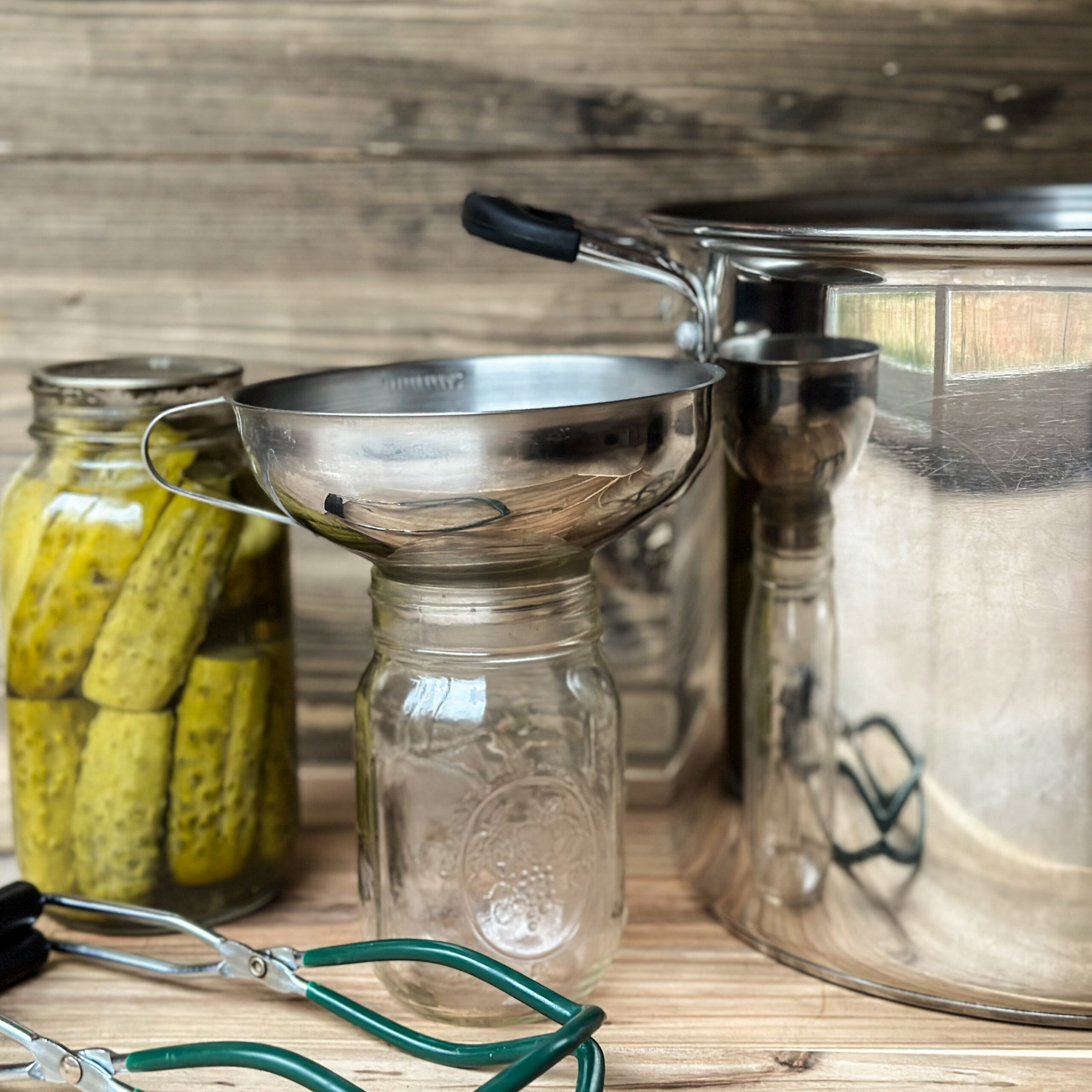
Water bath canning and pressure canning differ in terms of temperature and the types of foods that can be canned using each method. In water bath canning, the temperature reaches only 212°F (100°C), which is sufficient for high acid foods. On the other hand, pressure canning requires temperatures of 240-250°F (116-121°C) to safely preserve low acid foods.
Water bath canning is suitable for high acid fruits, jams, jellies, and pickles, while pressure canning is necessary for low acid foods like vegetables, meats, poultry, and seafood. The high heat and pressure of pressure canning ensure that all harmful bacteria are destroyed, making it the preferred method for preserving these types of foods.
Temperature And Pressure Requirements
Pressure canning requires higher temperatures and increased pressure compared to water bath canning. The temperature for water bath canning reaches 212°F (100°C), which is adequate for preserving high acid foods. On the other hand, pressure canning necessitates temperatures between 240-250°F (116-121°C) to safely preserve low acid foods. The increased pressure in pressure canning ensures that harmful bacteria are destroyed, making it ideal for preserving vegetables, meats, poultry, and seafood. The high heat and pressure in the pressure canning process provide a more thorough preservation method for low acid foods, ensuring their safety and shelf stability.
Types Of Foods That Can Be Canned Using Each Method
Water bath canning is best suited for high-acid foods such as fruits, tomatoes, jams, jellies, and pickles. These foods have a pH of 4.6 or lower, which inhibits the growth of harmful bacteria. On the other hand, pressure canning is necessary for low-acid foods like vegetables, meats, poultry, and seafood. These foods have a pH greater than 4.6 and require higher temperatures and pressure to ensure the destruction of bacteria like Clostridium botulinum. Pressure canning provides a safe preservation method for low-acid foods, extending their shelf life and maintaining their quality.
Pros And Cons Of Water Bath Canning And Pressure Canning
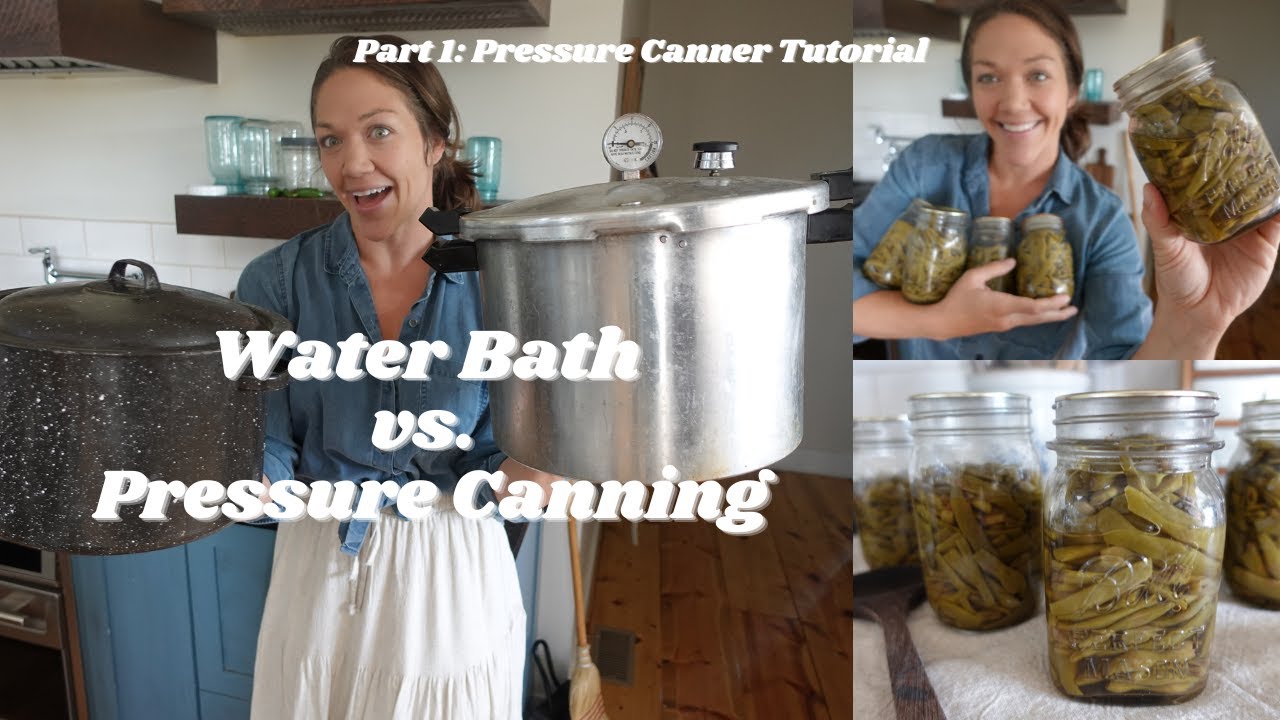
Water bath canning and pressure canning each have their own set of advantages and disadvantages.
Advantages of Water Bath Canning:
- Simple and easy process
- Requires basic equipment that is readily available
- Suitable for high-acid foods
- Preserves the taste, texture, and color of the food
Disadvantages of Water Bath Canning:
- Limited to high-acid foods
- Longer processing time
- May not fully destroy certain types of bacteria or spores
Advantages of Pressure Canning:
- Suitable for low-acid foods
- Destroys harmful bacteria and spores
- Shorter processing time
Disadvantages of Pressure Canning:
- Requires specialized equipment, such as a pressure canner
- More complex process
- Can be intimidating for beginners
Overall, the choice between water bath canning and pressure canning depends on the type of food being canned and personal preference.
Advantages And Disadvantages Of Water Bath Canning
Water bath canning offers several advantages. Firstly, it is a simple and easy process, making it accessible for beginners. Secondly, the equipment required for water bath canning, such as a large pot and canning jars, is readily available and affordable. Additionally, water bath canning is suitable for high-acid foods, preserving their taste, texture, and color effectively.
However, there are a few drawbacks to water bath canning. It is limited to high-acid foods, which means that low-acid foods cannot be safely canned using this method. Water bath canning also has a longer processing time compared to pressure canning. Lastly, it may not fully destroy certain types of bacteria or spores, potentially compromising food safety.
Advantages And Disadvantages Of Pressure Canning
Pressure canning offers several advantages. Firstly, it allows for the safe preservation of low-acid foods, which cannot be effectively canned using the water bath method. Secondly, pressure canning has a shorter processing time compared to water bath canning, making it more time-efficient. Additionally, pressure canning can reach higher temperatures, effectively killing bacteria and spores that may be present in the food. However, pressure canning requires specialized equipment, such as a pressure canner, which can be more expensive and harder to find compared to the equipment needed for water bath canning. It also requires more careful monitoring and adherence to specific guidelines to ensure safety.
Conclusion
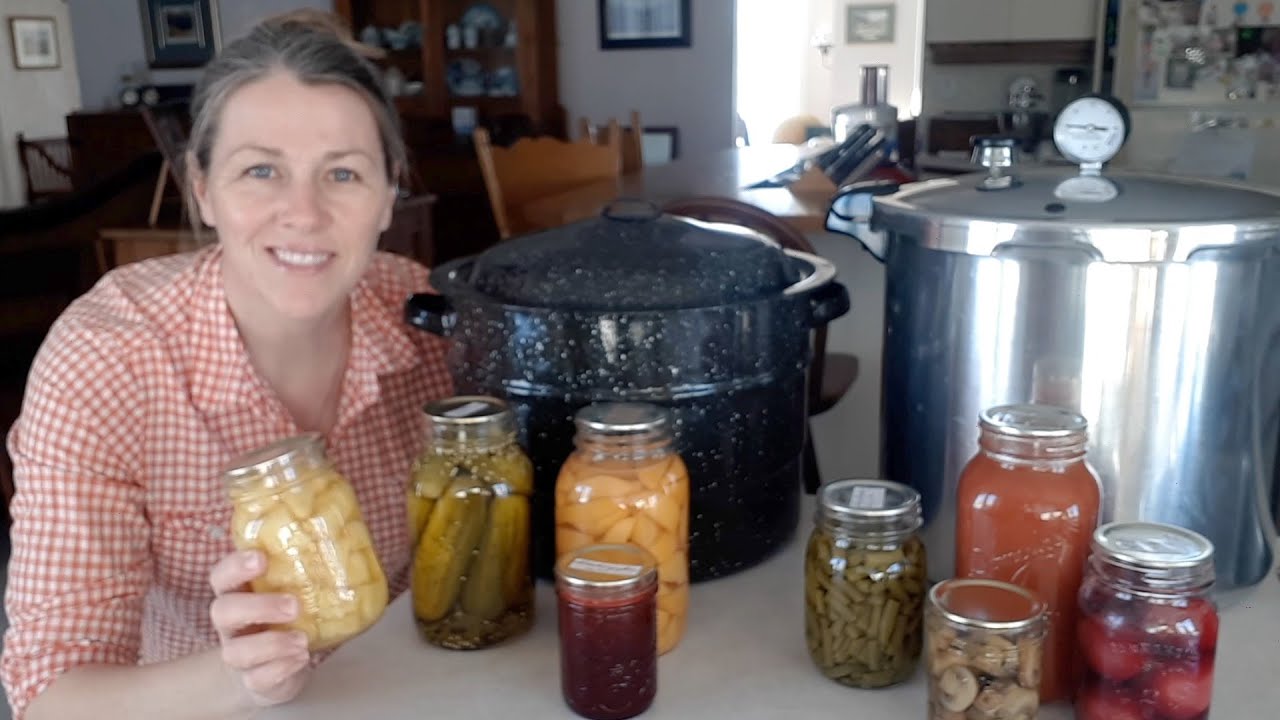
In conclusion, water bath canning and pressure canning are two popular methods for preserving food. Water bath canning is suitable for acidic foods and requires less expensive equipment, but it may not effectively preserve low-acid foods. On the other hand, pressure canning is ideal for low-acid foods, requires specialized equipment, and has a shorter processing time. Both methods have their advantages and disadvantages, so it is important to consider the type of food being canned and the specific requirements of each method. Ultimately, the choice between water bath canning and pressure canning depends on the individual’s needs and preferences.
Factors To Consider When Choosing A Canning Method
When choosing a canning method, there are several factors to consider. These include the acidity level of the food, the specific type of food being preserved, and the equipment available.
- Acidity level: Water bath canning is suitable for high-acid foods, such as fruits and pickled vegetables, while pressure canning is necessary for low-acid foods, such as meats and vegetables.
- Type of food: Certain foods, like tomatoes, require a specific canning method due to their pH level and the risk of spoilage.
- Equipment: Pressure canning requires a specialized pressure canner, while water bath canning can be done with a simple boiling water bath canner.
Considering these factors will help ensure that the chosen canning method is appropriate for the specific food being preserved, ensuring safe and effective preservation.
Final Thoughts And Recommendations
In conclusion, both water bath canning and pressure canning have their advantages and disadvantages. Water bath canning is suitable for high-acid foods and is a simple and affordable method. On the other hand, pressure canning is necessary for low-acid foods and requires specialized equipment.
When choosing a canning method, it is important to consider factors such as the acidity level of the food, the specific type of food being preserved, and the equipment available. Following the appropriate method will ensure safe and effective preservation of the food.
Overall, both methods have their place in the canning process, and it is recommended to choose the method that aligns with the specific requirements of the food being preserved.
FAQ: Water Bath Canning vs Pressure Canning
- What is water bath canning?
Water bath canning is a preservation method used for high-acid foods such as fruits, pickles, and most tomatoes. It involves submerging jars filled with food in boiling water for a specific amount of time to kill bacteria, yeasts, and molds. The heat seals the jars, creating a vacuum inside, which prevents spoilage. - What is pressure canning?
Pressure canning is a preservation method used for low-acid foods such as vegetables, meats, and soups. This process requires the use of a pressure canner, which uses steam and pressure to heat foods above the boiling point of water. The high temperature kills dangerous microorganisms and creates a vacuum seal to maintain food safety and quality. - What are the main differences between water bath canning and pressure canning?
The main difference between these two methods lies in the types of foods they can safely process. Water bath canning is suitable for acidic foods, while pressure canning is necessary for low-acid foods. The heat and exposure times also differ significantly between the two canning processes. - Why do some foods require pressure canning instead of water bath canning?
Low-acid foods have a pH level above 4.6, making them prone to harmful bacteria growth, including Clostridium botulinum. The high temperatures achieved through pressure canning ensure the destruction of these microorganisms, reducing the risk of foodborne illness. - Is it possible to use water bath canning for low-acid foods?
No, it is not safe to use water bath canning for low-acid foods due to the risk of bacterial contamination. Without the higher temperatures achieved in pressure canning, harmful microorganisms may survive, potentially leading to food spoilage and health hazards. - What equipment is required for water bath canning?
Water bath canning requires a large pot or a dedicated water bath canner, canning jars, lids, a rack to place jars in the pot, and basic kitchen utensils like tongs and a ladle. These items are relatively easy to find and are more cost-effective compared to pressure canning equipment. - What equipment is required for pressure canning?
Pressure canning involves using a specialized pressure canner, which features a locking lid that forms a tight seal and a pressure gauge or indicator. Specific pressure canners are designed to reach and maintain the high temperatures required for safe operation. It is essential to follow the manufacturer’s instructions for your particular canner. - Which method preserves food for a longer shelf life?
Pressure canning provides a longer shelf life for preserved foods compared to water bath canning. The higher temperatures reached during pressure canning effectively kill a broader range of microorganisms that can cause spoilage, resulting in longer-lasting shelf-stable preservation. - Can any recipe be adapted for water bath or pressure canning?
No, not all recipes can be adapted. The acidity level of the food being preserved determines the canning method to be used. High-acid foods typically use water bath canning, while low-acid foods require pressure canning. Always consult trusted canning recipes or resources to ensure you are using the correct method for your specific food type. - Is one method easier or safer than the other?
Both water bath canning and pressure canning have their own set of requirements and safety guidelines. Water bath canning is generally considered easier for beginners since it requires less specialized equipment. However, pressure canning is essential for safely preserving low-acid foods, and it is crucial to follow instructions and safety guidelines specific to your pressure canner to ensure the utmost safety and effectiveness.
In summary, water bath canning is suitable for high-acid foods and requires a simple setup, while pressure canning is necessary for low-acid foods and employs specialized equipment. It is important to choose the right canning method based on the acidity of the food you wish to preserve to ensure food safety and optimal shelf life.
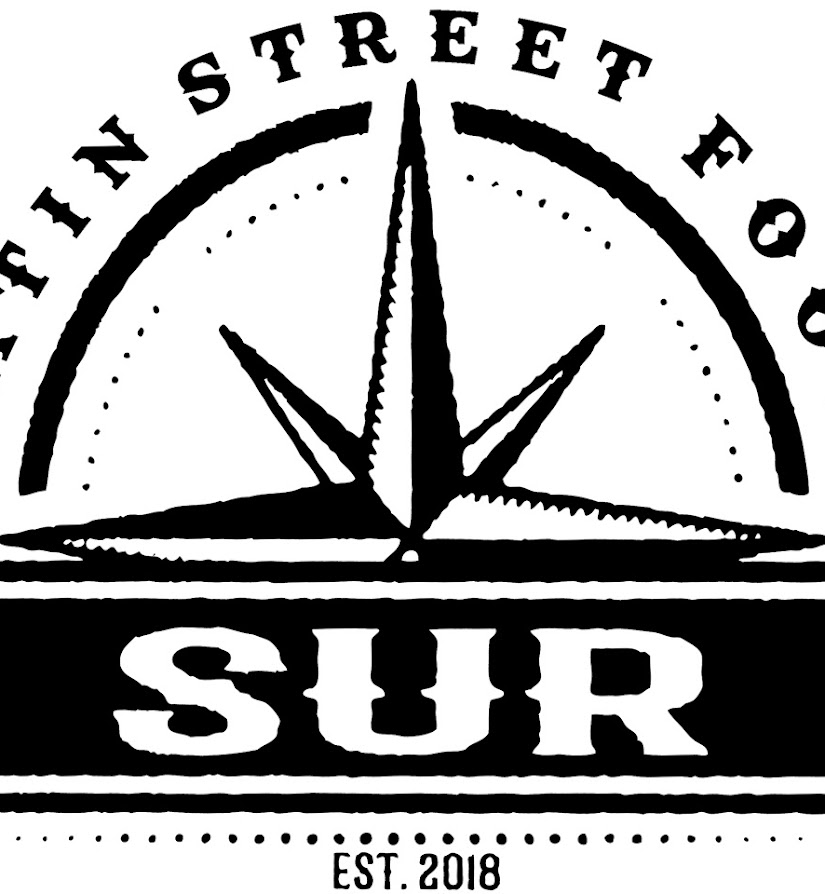
From At-Home Dinner Parties to Family Reunions to Office Parties, we can cater your next Event!